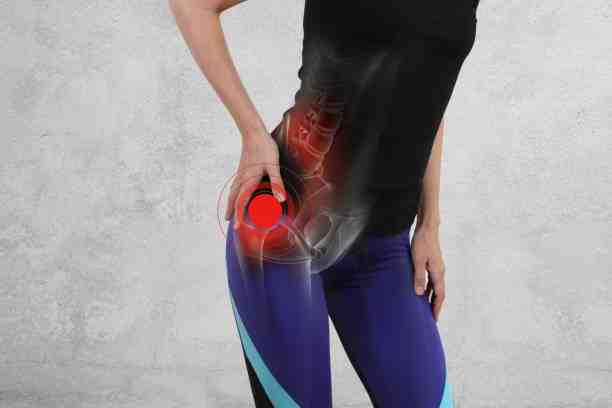On a Scale of 1 – 10 – What a Pain

Walk it Off for Better Health
January 20, 2023
Turn on the Lights..LED vs Halogen Headlights
January 23, 2023On a Scale of 10
The pain scale is a widely used number scale that helps identify a number from 0-10 that can help track how much pain a person is experiencing. It is a subjective number that is given by the patient each time they visit the clinic. It tracks symptoms severity if used correctly and is a great tool in monitoring progress. First used in 1921, it has become standard in many clinics throughout the years. If you have been to a medical facility recently you have probably been asked this information. There are many types of scales that are frequently used but this one is used to assess your pain for different areas of the body.
One of the disadvantages of this pain scale is its assigning of a number to a complex problem. Patients often struggle choosing a single number to represent their pain level. It can be difficult for some to understand “The Worst Pain Ever.” For doctors it can become frustrating when it comes to patient pain scales. Patients likely have a level of uncertainty and maybe even anxiety when it comes time to assign a single number to pain that they are experiencing. This becomes very noticeable when a patient walks back to the office with me, carries on a conversation but then assigns their pain level at the highest number. If this is their first time giving me this number, I will usually stop them and let them know if their pain is the worst ever, I should call an ambulance. They will usually reduce the number a few points but often that still may be too high. This is a very subjective, patient driven number in which the same level of pain in one person may be a 3 but, in another person, it may be noted as a 9. Both these patients may act the same but the person that is a 9 should be coming in a wheelchair.
To lead patients to the correct levels it may be necessary to relate their pain to something else rather than a smiley face on a chart. If I can help them understand their pain in regards to something they may have experienced, they may be able to provide more accurate numbers. 0 = No pain or stiffness. 1 = There is discomfort, but it may be equivalent of an itch. 2 = I just need a band aid. 3 = It’s kinda annoying. 4 = This is concerning but I can still work. 5 = Couple of bee stings. 6 = Stung by swarm of bees. 7 = I can’t stop crying. 8 = I can’t move it hurts so bad. 9 = Mauled by bear. 10 = Unconscious in hospital. This is a pain scale with slight humor but can sometimes be understood better in assigning their pain number. I typically point this out to the patients if they give me a 10 out of 10. Having the correct pain numbers throughout patient’s care helps monitor whether what I am doing is helping. It can help me decide whether I want to change the course of therapy or possibly refer the patient to another provider.
— This article is written by Aaron Workman, DC one of the members of Chambers Medical Group’s team of car accident chiropractors who offer a variety of treatments and therapies ranging from diagnostic testing various soft tissue therapies for car accidents and injuries in Kentucky.
— This article is written by Deryk Harting, DC, one of the members of Chambers Medical Group’s team of car accident chiropractors who offer a variety of treatments and therapies ranging from diagnostic testing to various soft tissue therapies for car accidents and injuries in Kentucky.
Have you been in a car accident? If you or somebody you know has been in a car accident, be sure that you seek medical attention from a car accident doctor or car accident chiropractor to treat your injuries. Visit Chambers Medical Group to receive world-class medical treatment for your injuries.
Chambers Medical Group has car accident medical clinics in the following locations:
- Car Accident Medical Clinic in Tampa
- Car Accident Medical Clinic in Plant City
- Car Accident Medical Clinic in Brandon
- Car Accident Medical Clinic in Lakeland
- Car Accident Medical Clinic in Sarasota
- Car Accident Medical Clinic in Louisville
- Car Accident Medical Clinic in Lexington
- Car Accident Medical Clinic in Florence




